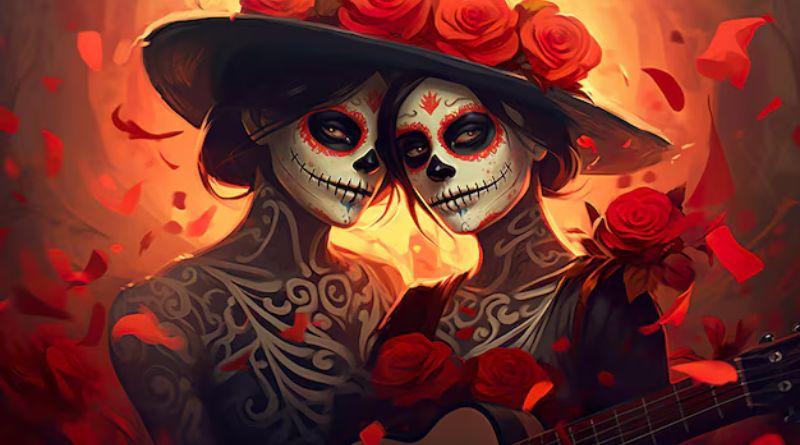The term “Catrina” holds significant cultural importance in Mexico, particularly associated with the Day of the Dead (Día de los Muertos). The phrase “dibujo: L7gqtaprv1c = catrina” appears to reference a specific drawing or illustration related to this iconic figure. In this article, we will explore the meaning of Catrina, its artistic representations, and the cultural significance it embodies.
Table of Contents
What is Catrina?
Catrina, often depicted as a skeletal figure dressed elegantly in traditional Mexican attire, has become a symbol of death and the celebration of life in Mexican culture. The character was popularized by the artist José Guadalupe Posada in the early 20th century. Originally, Catrina served as a satirical representation of the wealthy class in Mexico, highlighting the inevitability of death regardless of social status.
Cultural Significance
Catrina plays a central role in the Day of the Dead festivities, which honor deceased loved ones. The holiday combines indigenous traditions with Catholic elements, creating a rich tapestry of rituals and celebrations. Catrina is often depicted in altars (ofrendas) adorned with marigolds, candles, and favorite foods of the departed.
Her image serves to remind us that death is a part of life and encourages people to celebrate the memories of those who have passed rather than mourn them.
Artistic Representations of Catrina
The depiction of Catrina varies widely among artists and mediums. Here are some common ways she is represented:
- Illustrations and Paintings: Artists often create colorful and vibrant portrayals of Catrina, using intricate details to showcase her elaborate dresses, accessories, and skeletal features.
- Sculptures: Catrina figures are crafted from various materials, including clay, metal, and papier-mâché. These sculptures are often used in home altars or displayed during Day of the Dead celebrations.
- Street Art: In modern urban settings, Catrina has become a popular subject for murals and graffiti, celebrating Mexican heritage and culture while appealing to younger audiences.
FAQs about Catrina
1. What does Catrina symbolize?
Catrina symbolizes death and the acceptance of mortality. She serves as a reminder to celebrate life and honor those who have passed away.
2. Why is Catrina associated with the Day of the Dead?
Catrina is integral to Day of the Dead celebrations, as her image embodies the festive spirit of honoring deceased loved ones with joy rather than sorrow.
3. Who created the original Catrina figure?
The original Catrina figure was created by José Guadalupe Posada, a Mexican illustrator, in the early 1900s.
4. How can I incorporate Catrina into my Day of the Dead celebrations?
You can incorporate Catrina into your celebrations by creating altars (ofrendas), decorating your home with her image, or participating in community events that feature Catrina-themed artwork and activities.
5. Are there modern interpretations of Catrina?
Yes, contemporary artists reinterpret Catrina in various styles and mediums, often incorporating modern themes and messages while staying true to her cultural roots.
Conclusion
The phrase “dibujo: L7gqtaprv1c = Catrina” invites us to explore the rich artistic and cultural heritage surrounding this iconic figure. Catrina serves as a powerful symbol of death, life, and the enduring memory of those who have come before us. Through art and celebration, she encourages us to reflect on our own lives and the importance of honoring our loved ones. Whether through intricate drawings, vibrant sculptures, or community festivities, Catrina remains a cherished figure in Mexican culture, reminding us to celebrate life in all its forms.



